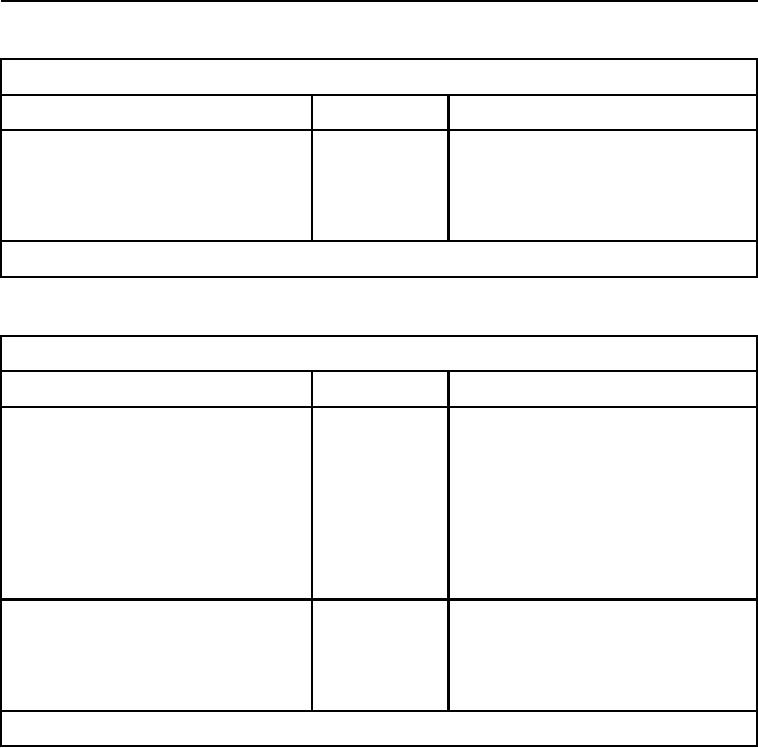
TM 5-3805-264-13&P
0018
Table 1. Semiannual Lubrication Data.
SEMIANNUAL LUBRICANTS
Lubricant/Component
Refill Capacity
Expected Temperatures*
WD-40
Corrosion Preventive
Cargo Cover Chain
Cargo Cover Roller Shaft Bearings
As Required
ALL TEMPERATURES
* For arctic operation, refer to TM 4-33.31.
Table 2. Annual Lubrication Data.
ANNUAL LUBRICANTS
Lubricant/Component
Refill Capacity
Expected Temperatures*
OE/HDO (MIL-L-2104)
Oil, Lubricating, ICE, Tactical
OE/HDO-10: +6F to +122F
(-14C to +50C)
OEA (MIL-L-46167)
-4F to +50F
Oil, Lubricating, ICE, Arctic
(-20C to +10C)
12.75 gal. (48.2 l)
Hydraulic Reservoir
OEA:
-67F to +32F
(-55C to 0C)
WD-40
Corrosion Preventive
Cargo Cover Chain
Cargo Cover Roller Shaft Bearings
As Required
ALL TEMPERATURES
* For arctic operation, refer to TM 4-33.31.
CORROSION PREVENTION AND CONTROL (CPC)
Corrosion prevention and control of Army materiel is a continuing concern. It is important that any corrosion
problems with this item be reported so that the problem can be corrected and improvements can be made to
prevent the problem in future items. The term "corrosion" means the deterioration of a material or its properties
due to a reaction of that material with its chemical environment. An example is the rusting of iron. Corrosion
damage in metals can be seen, depending on the metal, as tarnishing, pitting, fogging, surface residue, and/or
cracking. Plastics, composites, and rubbers can also degrade (also considered to be corrosion based on the
above definition of corrosion). Degradation is caused by thermal (heat), oxidation (oxygen), solvation (solvents),
or photolytic (light, typically ultraviolet) processes. The most common exposures are excessive heat or light.
Damage from these processes will appear as cracking, softening, swelling, and/or breaking. The US Army has
defined the following nine (9) forms of corrosion used to evaluate the deterioration of metals. These shall be used
when evaluating and documenting corrosion.
03/15/2011Rel(1.10)root(pmcsintrowp)wpno(I1000326413)

